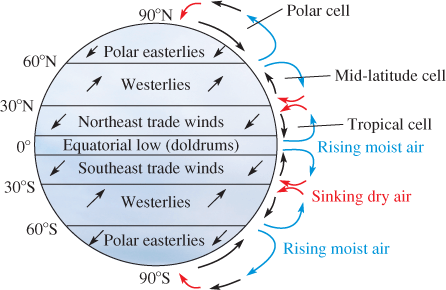Climate controlled storage is a specialized facility designed to maintain an optimal environment for the preservation of various items, particularly those that are sensitive to fluctuations in temperature and humidity. Understanding the intricacies of climate controlled storage not only delineates its salient features but also underscores its importance in safeguarding your possessions. This article explores what climate controlled storage is, its mechanisms, the various types available, and why it holds significant relevance in today’s world.
At its core, climate controlled storage refers to storage spaces equipped with systems that regulate temperature and humidity levels. These facilities are typically maintained between 55°F to 85°F (13°C to 29°C) and offer humidity control, often kept at around 30% to 50%. Such precision ensures that belongings are shielded from the detrimental effects of environmental stressors, which are particularly pronounced in regions experiencing extreme weather conditions.
One primary feature that distinguishes climate controlled storage is its effective insulation and sealed units designed to combat external weather elements. Unlike traditional storage units, which may be subject to heat fluctuations, moisture accumulation, and pests, climate controlled facilities provide an internal environment that mitigates these perils. This controlled setting is pivotal for preserving items such as electronics, antiques, important documents, and even artworks. In essence, climate controlled storage serves as a fortress against the vagaries of nature.
There are several types of climate controlled storage options, catering to diverse needs. The most common types are:
- Indoor Climate Controlled Storage: These units are located inside a storage building, typically with access restricted to tenants and staff, ensuring added security. The climate control features are operational throughout the building, maintaining a stable environment.
- Temperature Controlled Storage: While the temperature is managed, humidity control may not be as rigorous. This type is adequate for items that can withstand some humidity fluctuation but need temperature regulation.
- Drive-Up Climate Controlled Storage: These units allow easy access for loading and unloading while still providing climate control inside. Their convenient location in a centralized area enhances access for larger items.
- Wine Storage Facilities: A niche yet important sector of climate controlled storage, these specialized units are designed specifically for the delicate preservation of wine, ensuring that temperature and humidity levels are strictly monitored.
- Document and Media Storage: Businesses often utilize climate controlled storage for sensitive documents and media, where preservation is paramount due to the risk of moisture and temperature issues.
The importance of utilizing climate controlled storage cannot be overstated, particularly in the context of climate change and environmental concerns. As the planet’s weather patterns become increasingly unpredictable, having a secure method to store items that could be adversely affected becomes ever more critical. Items such as photographs, textiles, musical instruments, and collectibles are often at risk of warping, fading, or degrading without proper care.
When assessing the need for climate controlled storage, consider the following:
- Value of Possessions: The monetary or sentimental value of your belongings plays a crucial role in deciding whether to opt for climate controlled storage. Heirlooms, collectibles, and high-value items benefit immensely from an environment less prone to damage.
- Type of Items: Certain possessions, especially those made of wood, leather, or paper, require specific humidity and temperature constraints to prevent deterioration. Conversely, more robust items like plastic or metal may not demand such stringent environmental controls.
- Duration of Storage: If the items will be in storage for extended periods, the risk of deterioration increases. Hence, climate control becomes an essential feature to consider, particularly during seasonal changes.
- Ecosystem Considerations: Given the exponential growth of the storage industry, an increasing number of consumers are becoming aware of their environmental footprints. Opting for climate controlled storage can reflect a commitment towards better preservation practices and greater awareness of climate impacts.
Beyond personal needs, climate controlled storage facilities contribute to sustainable practices. By prolonging the life of belongings and ensuring that materials do not prematurely end up in landfills, these facilities encourage a more circular approach to consumption. With growing awareness of the circular economy, consumers are more inclined to think about the lifecycle of their possessions and how storage solutions influence waste management.
In addition, many climate controlled storage facilities incorporate energy-efficient technologies, which help reduce their overall carbon footprints. Utilizing renewable energy sources and implementing efficient insulation can contribute to a more sustainable ecological footprint, aligning storage practices with environmental stewardship.
In conclusion, climate controlled storage is not merely a convenience; it represents a vital solution for the preservation of sensitive possessions in an era where environmental stability is increasingly unpredictable. By choosing climate controlled storage, individuals not only protect their valuable items but also engage in sustainable practices that emphasize care for our belongings and the environment. This understanding fosters a deeper commitment to environmental consciousness and urges consumers to make informed choices in their storage needs.








